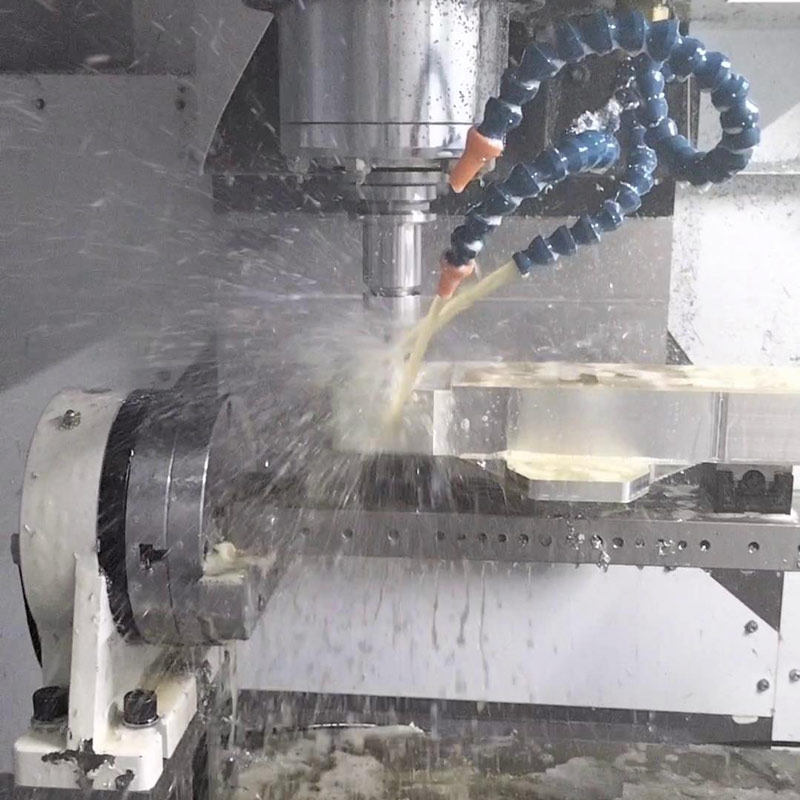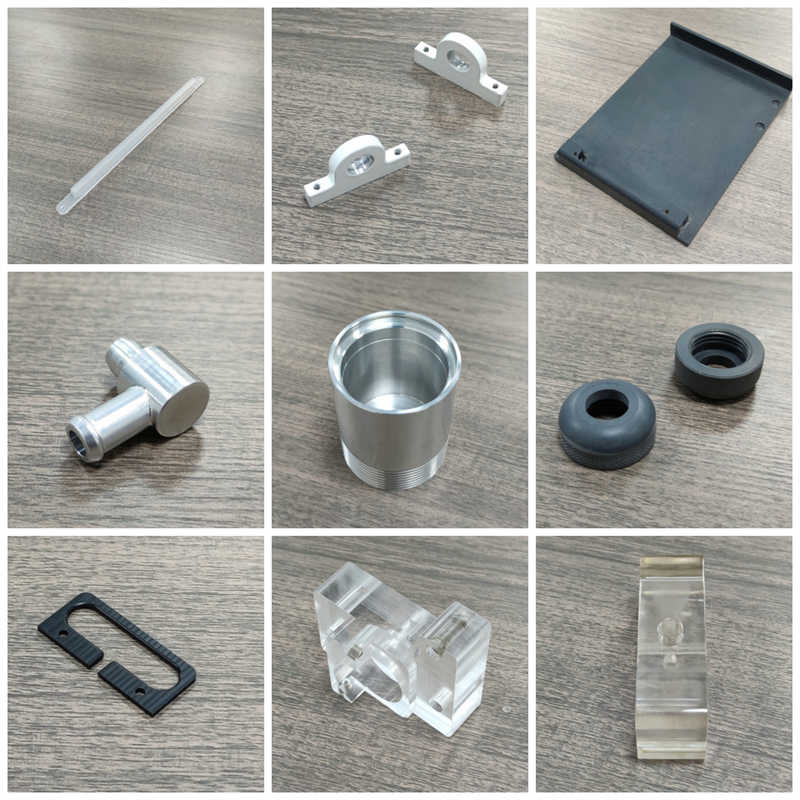Introduction
Computer Numerical Control (CNC) machining is a process of manufacturing that involves the use of computerized controls to operate machine tools. This technology has revolutionized the manufacturing industry by making it possible to create complex and precise parts that would be difficult, if not impossible, to produce using traditional methods. There are several different types of CNC machining processes, each with its own unique characteristics and advantages. In this article, we will explore some of the most common types of CNC machining.

Milling
Milling is a machining process that involves the use of a rotating cutting tool to remove material from a workpiece. The cutting tool is held in a spindle and can be rotated at high speeds to remove material from the workpiece. Milling machines can be used to cut a wide range of materials, including metal, plastic, and wood. The process is highly versatile and can be used to create complex shapes and contours. Milling machines can also be programmed to create multiple parts with a high degree of accuracy.
There are two types of milling: horizontal and vertical milling. Horizontal milling machines have the cutting tool mounted on a horizontal spindle, while vertical milling machines have the cutting tool mounted on a vertical spindle. Each type of machine has its own advantages and disadvantages, and the choice of machine depends on the specific needs of the manufacturer.
In addition, there are various types of milling operations, such as face milling, end milling, and peripheral milling. Face milling involves cutting flat surfaces into the workpiece, while end milling is used to create slots and contours. Peripheral milling is used to create complex shapes and features around the edges of the workpiece.

Turning
Turning is a machining process that involves the use of a rotating workpiece and a stationary cutting tool. The cutting tool is moved across the surface of the workpiece to remove material and create the desired shape. Turning machines can be used to create a wide range of parts, including shafts, pins, and other cylindrical shapes. The process is highly efficient and can be used to create parts with a high degree of precision.
There are different types of turning: single-point, multi-point, and automatic. Single-point turning involves the use of a single cutting tool to remove material from the workpiece. Multi-point turning involves the use of multiple cutting tools to remove material from the workpiece. Automatic turning involves the use of a computerized system to control the cutting tools and the movement of the workpiece.
In addition, there are other types of turning processes, such as facing, boring, and threading. Facing involves creating a flat surface on the end of the workpiece, while boring is used to create a hole with a precise diameter. Threading is used to create threads on the surface of the workpiece.
Drilling
Drilling is a machining process that involves the use of a rotating cutting tool to create holes in a workpiece. The cutting tool is held in a spindle and can be moved in a vertical direction to create the desired hole. Drilling machines can be used to create holes of various sizes and shapes, and can be programmed to create multiple holes with a high degree of accuracy. The process is highly efficient and can be used to create parts with a high degree of precision.
There are different types of drilling: gun drilling, trepanning, and deep hole drilling. Gun drilling involves the use of a long, thin cutting tool to create deep, straight holes. Trepanning involves the use of a circular cutting tool to create large-diameter holes. Deep hole drilling involves the use of a cutting tool that is specially designed to create holes with a high aspect ratio.
Other CNC Machining Processes
In addition to milling, turning, and drilling, there are several other types of CNC machining processes that are used in the manufacturing industry. Some of these processes include electrical discharge machining (EDM), laser cutting, and water jet cutting. EDM is a process that uses electrical sparks to erode material from a workpiece. Laser cutting uses a high-powered laser to cut through materials, while water jet cutting uses a high-pressure stream of water to cut through materials.
Conclusion
CNC machining has revolutionized the manufacturing industry by making it possible to create complex and precise parts with a high degree of accuracy. There are several different types of CNC machining, each with its own unique characteristics and advantages. Milling, turning, drilling, and other CNC machining processes are all essential for different manufacturing needs. By understanding the different types of CNC machining and their applications, manufacturers can choose the best process to meet their specific needs.
